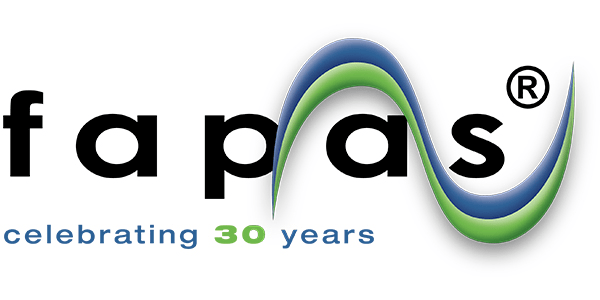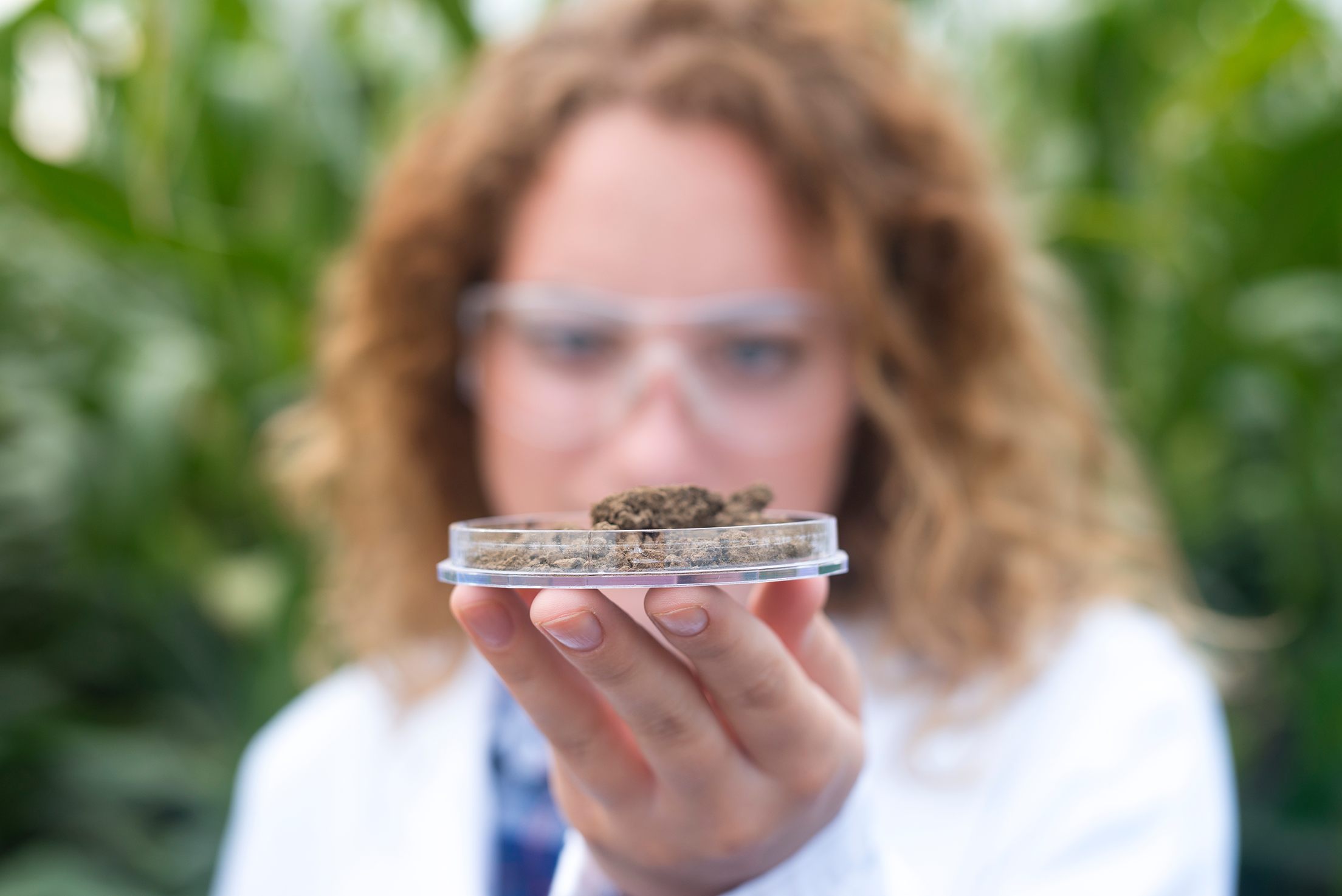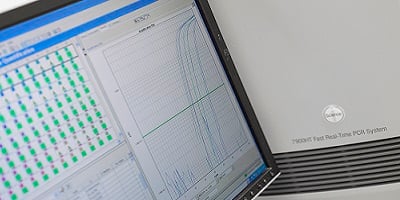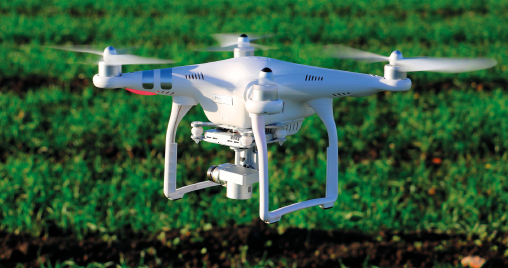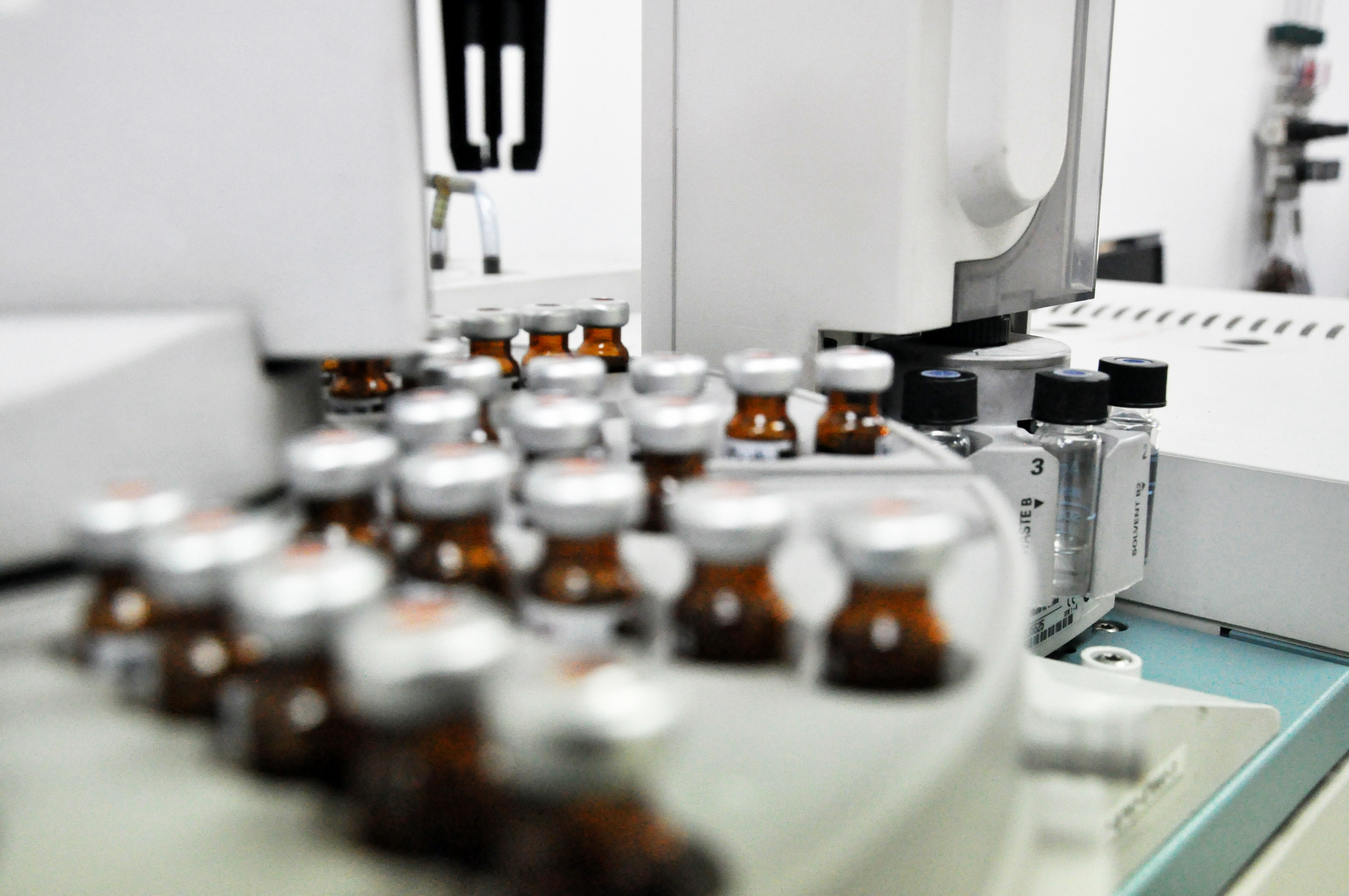Pharmacopoeias serve as official, standardised collections of information, specifications, and guidelines for pharmaceutical preparations, medicines, and active pharmaceutical preparations (API’s). Essentially, they function as handbooks that define quality standards and specifications for medicines used within a specific nation or economic region. According to the World Health Organisation (WHO), there are approximately 60 national pharmacopoeias in existence, along with a handful of regional versions. Each country designates a regulatory authority responsible for overseeing and ensuring compliance with these documents: including enforcement. In the UK, this is carried out by the MHRA, while the FDA oversees it in the US, and the EMA in the European Union. Some of the most widely known pharmacopoeias include the British Pharmacopoeia (BP), Japanese Pharmacopoeia (JP), European Pharmacopoeia (Ph. Eur) and the US pharmacopoeia (USP-NF).
Monographs, housed in pharmacopoeias, provide quality standards for APIs and medicines by detailing the criteria they must meet, including identity, strength, and purity. From a laboratory testing standpoint, a crucial component of these monographs, is the recipe-like test methods employed to characterise the ingredient/medicine and ensure conformity with these standards.
What’s in a Monograph?
Identity tests are one of the core pillars of each monograph, essentially determining whether the produced ingredient aligns with the claimed specifications. This verification can be done in various ways, ranging from the simplistic visual checks & microscopy, through to advanced techniques like chromatography, or FT-IR absorption spectra comparisons.
The next cluster of tests, usually performed in conjunction with Identification tests (depending on technique) are those usually referred to as Assays. These tests aim to verify and confirm purity, active concentration, or levels within an acceptable target range. E.g., cyanocobalamin USP 39-34 has an accepted range of 96-102% on dry basis. Techniques likely to be used are titration, spectrophotometry, or chromatography techniques such as HPLC, LCMS or GC-FID depending on the analyte of interest.
39-34 has an accepted range of 96-102% on dry basis. Techniques likely to be used are titration, spectrophotometry, or chromatography techniques such as HPLC, LCMS or GC-FID depending on the analyte of interest.
While other tests can vary per monograph, it’s likely you will see loss on drying, impurities, and contaminants tests such as Heavy Metals, Mycotoxins and Microbiological Organisms amongst others.
Monographs for food?
Whilst monographs are primarily designed for pharmaceuticals, there exists a natural crossover with ingredient manufacturing businesses who produce and supply vitamins or minerals to food, infant formula, or dietary supplement manufacturers. As most of these are included in food at relatively low levels, the analytical techniques to accurately quantify them are not suitable for testing pure/high concentration substances. Nonetheless, buyers of these ingredients still require assurance that the products they are purchasing are of high quality and contain the claimed components.
Monograph for Cannabis – a good news story?
The growth of cannabis for medicinal products has drastically increased over the past few years, bringing with it a variety of products of various quality. Up until now, there has been a lack of a unified monograph that could establish consistent quality standards across the continent for producers. With the forthcoming release of the European Pharmacopoeia (official release date Jan 2024) and its enforcement starting on 1st July 2024, producers now have a high standard to work towards.
Whilst this development is welcome news for patients seeking consistently higher quality products, and importers having a wider option of  producers to work with, the monograph serves its purpose. It also gives growers and producers with a minimum standard for manufacturing. However, it doesn’t go far enough, and producers of cannabis-based medicines should always be pushing the bar to produce the safest and most efficacious products they possibly can.
producers to work with, the monograph serves its purpose. It also gives growers and producers with a minimum standard for manufacturing. However, it doesn’t go far enough, and producers of cannabis-based medicines should always be pushing the bar to produce the safest and most efficacious products they possibly can.
Mould in cannabis flowers poses significant risk, leading to various health issues. Whilst the monograph sets levels for mould counts, and the more serious carcinogen Aflatoxin B1, testing typically occurs post-production and mould contamination may not become evident until long after production. Establishing a suitable shelf-life for these products is crucial and may vary from crop to crop – depending on the strain. Selective breeding of strains for mould resistance is one way forward, with the potential of gene editing to further enhance the crop.
While ensuring the safety of the product is paramount, it’s crucial to note that the active ingredient in this case is either CBD or THC – depending on desired effect. Again, testing is typically conducted only at the time of product release, which is not reflective of the full life of the product. Our testing has shown that flowers stored under ambient conditions can decrease as much as 10-20% THC in a matter of months. What might be a correct strength post-production may not be once it reaches the customer. When a product is labelled as a certain concentration of THC or CBD, it must maintain this level throughout life. If manufacturers don’t have data evidencing compliance with label claims through life, they run the risk of potentially misleading consumers and depriving them of a strength of product they are expecting at point of purchase. Much like food products, manufacturers should perform stability trials on new products to ascertain a realistic shelf-life in conditions as close to actual use as possible.
